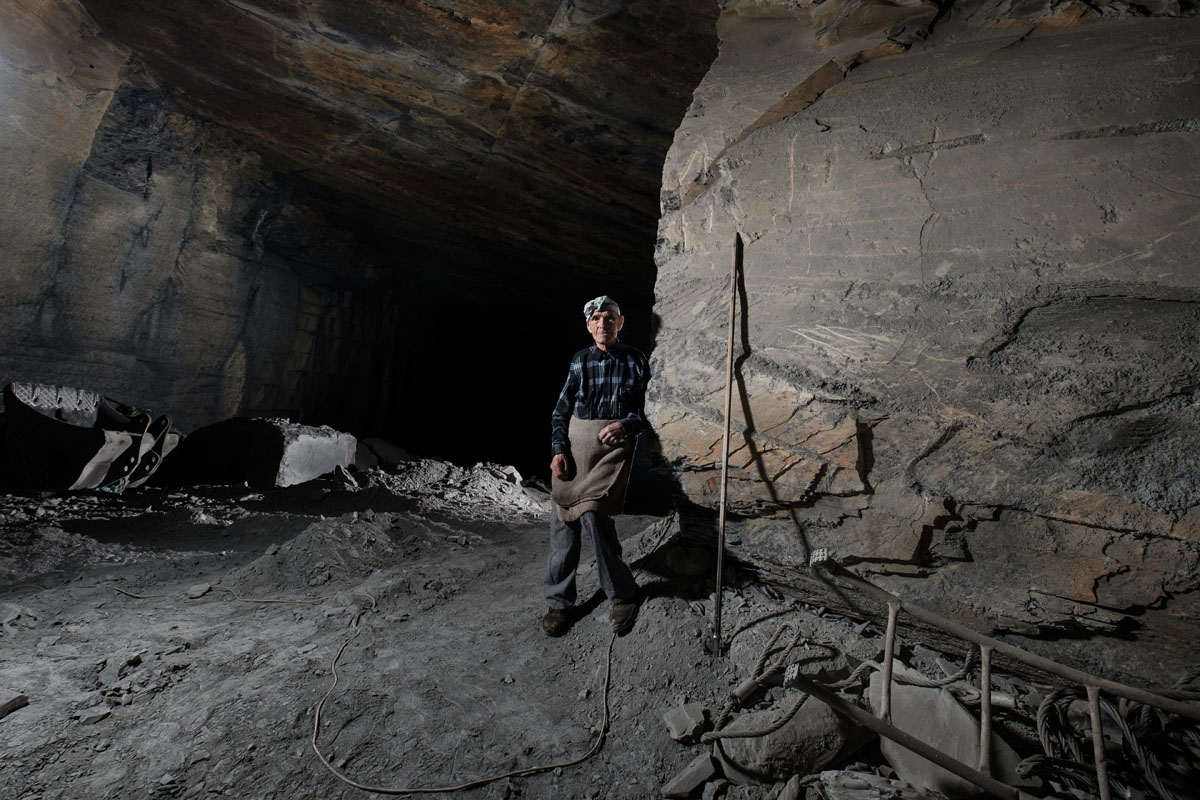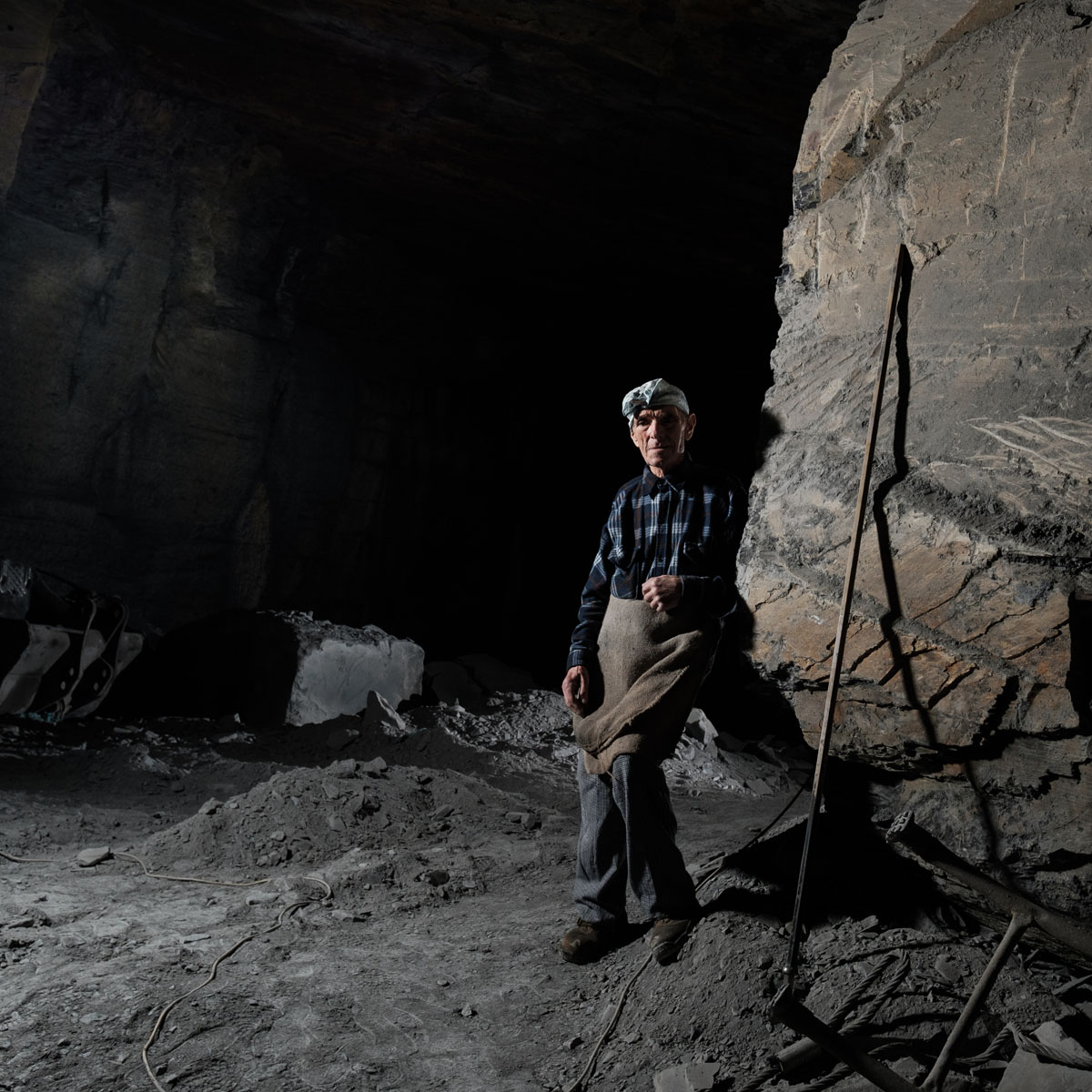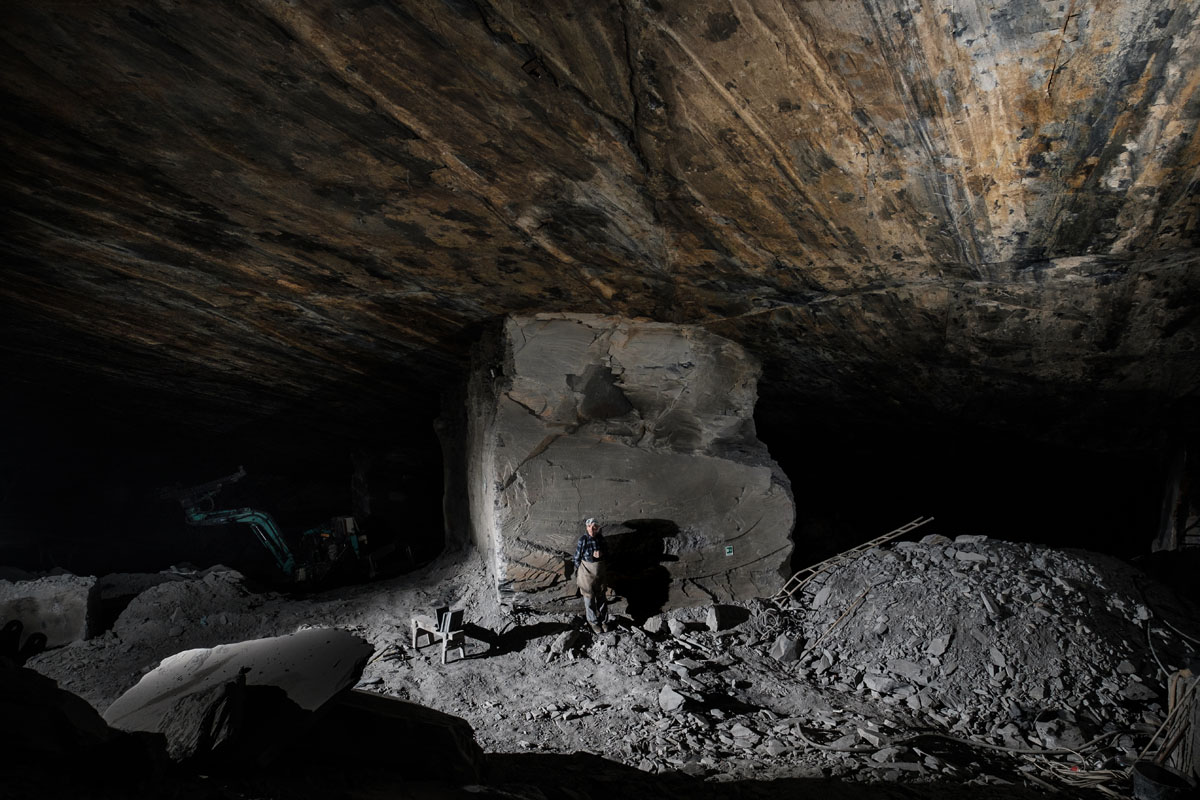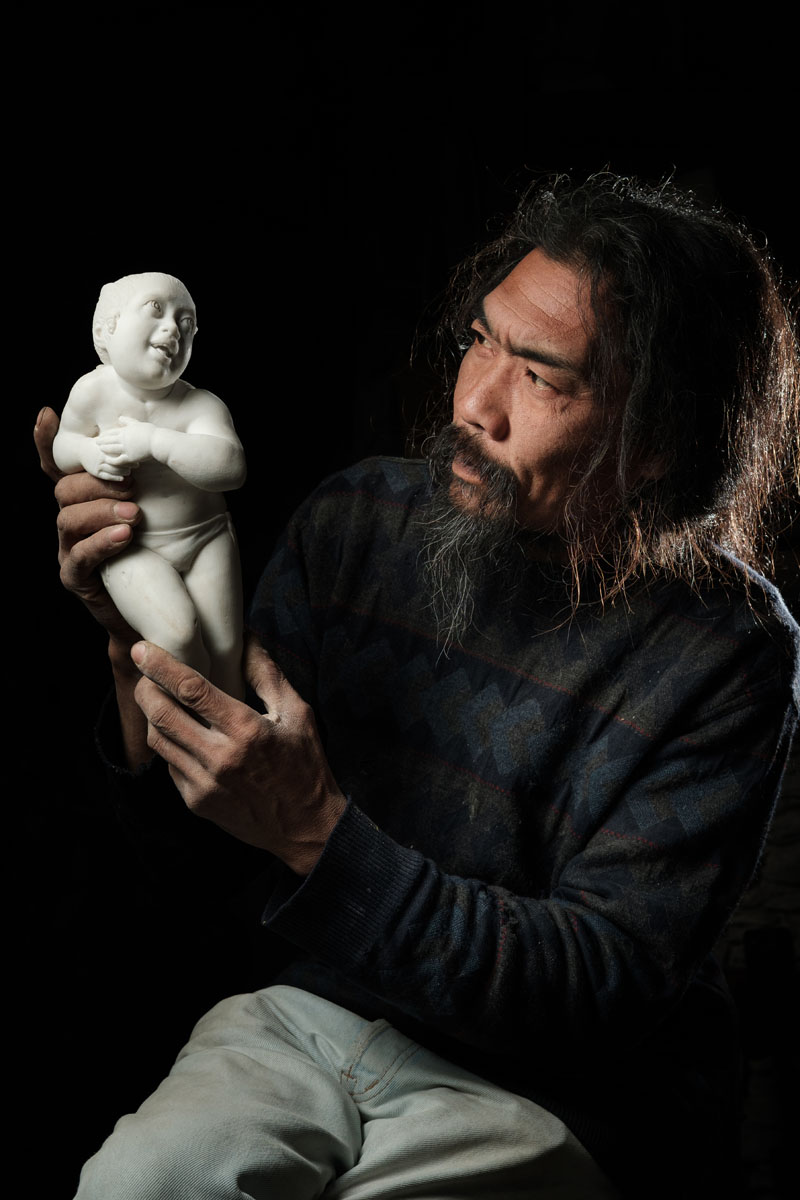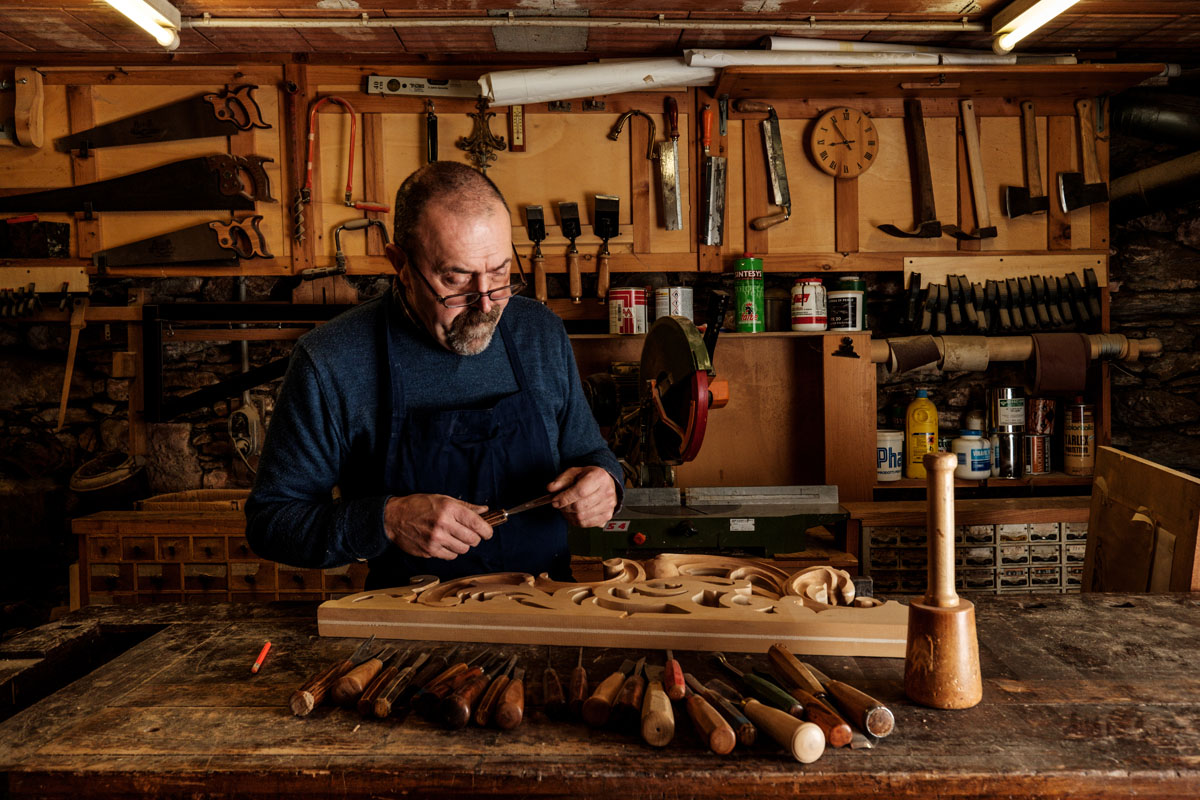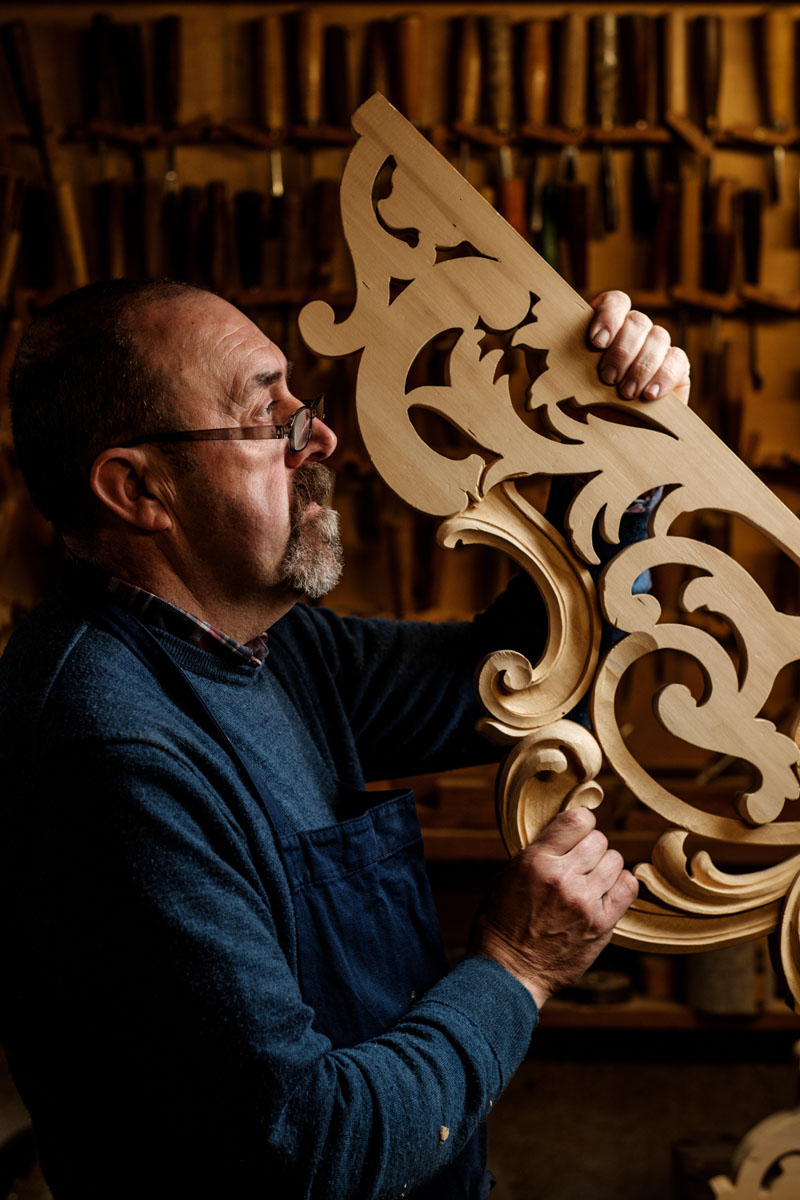
EF-X500 testing on location Pt.2 by Max De Martino
Max De Martino
Max De Martino befasst sich seit 1990 professionell mit Bildern, damals noch als Livebild-Regisseur für die Maxi-Screen-Projektionen bei der Europa-Tour des italienischen Sängers Eros Ramazzotti. Als Kameramann filmte er Interviews mit Madonna, Bruce Springsteen und Lou Reed.
Seit 26 Jahren ist die Fotografie fester Teil seines Lebens. Er hat für Kampagnen wie Fastweb und Pininfarina gearbeitet und italienische und ausländische Autoren porträtiert. Seine Fotos schmückten immer wieder Besprechungen und Buchtitel, unter anderem von solch bedeutenden Schriftstellern wie Wilbur Smith. De Martino ist Mitglied in der Berufsfotografen-Vereinigung „Tau Visual“ und fühlt sich deren Richtlinien und Verhaltenskodex verpflichtet. Er arbeitet sowohl in Italien als auch international für eine Vielzahl von Kunden, mit denen er in fließendem Englisch kommuniziert.
Vor 14 Jahren erstellt De Martino eine Webseite, die sich dem italienischen Journalisten und Schriftsteller Tiziano Terzani widmet, und deren Inhalte er seither koordiniert. 2006 lektorierte er das Buch „Dentro di noi, parlano i lettori di Tiziano Terzani“, das von Tea, Longanesi Gruppe, herausgegeben wurde. Er arbeitet mit mehreren NGOs wie Bambini Nel Deserto und L’Albero Della Vita zusammen und veranstaltet regelmäßig Fotokurse für Anfänger und Fortgeschrittene. Eines der Projekte, an das er gerne zurückdenkt, war ein Kurs für Senioren im Alter zwischen 75 und 94 Jahren. Seine Arbeit fand die Anerkennung und Unterstützung der Region Lombardei, der Provinz Mailand sowie weiterer kommunaler Bezirke. Insgesamt gab es bislang sechs Ausstellungen mit seinen Arbeiten.
Wann immer es ihm möglich ist, versucht er zu reisen – mit dem Zug, dem Flugzeug, dem Fahrrad, seinem Auto oder mit seinem alten Motorrad. Er besuchte bereits 27 Länder und im Juni 2008 war er der erste westeuropäische Fotograf, der eine Einzelausstellung im Irak hatte. Im Anschluss wurde die Exponate der Ausstellung „No Ears“ der Universiät vn Erbil übergeben, wo sie noch immer zu sehen sind.
Several months have passed since I started using EF-X500 flashes. In the meantime, with the birth of my firstborn Brando, I was not able to test them in the way I wanted to.
Now I have started to shoot again, developing a personal project. I have portrayed some of the most representative people of a small hidden valley in the Liguria region of Italy.
This valley between the hills and mountains, called Val Fontanabuona, is a small treasure chest that has housed some of the most important handicrafts and industrial activities in the past, such as those related to the extraction of slate.
Today the valley is undergoing a huge economic crisis but some people continue to fight for it because they feel this land is their own and do not want to abandon their birth place. In these shots, made with an EF-X500 as a controller, and one or two EF-X500s as sources of illumination, I tried to depict the work of some of these characters.
Firstly, there is Emilio, 82, who came down with us in a quarry that today is managed by his children and showed us how they cut off the slides from a single block of stone, with a hammer and chisel. For Emilio, I decided to shoot with “naked” flashes, to have a tough light that would speak of the harshness of that difficult and dangerous environment.
Then, husband and wife Hoang and Antonella who work in a small studio carving beautiful marble objects and other materials. For them, I shot with an EF-X500 on my left and at 45 degrees in a Cactus CB-60 portable softbox with grids to isolate the light as we snapped the studio of the two sculptors, simulating the light of a photographic studio. A second EF-X500 was used with a Rogue grid as a reflector on the hair to detach subjects from the background.
Ezio, on the other hand, is a carpenter-artist: he creates objects of furniture and liturgical use in religious processions by hand, carving wood from all over the world. To photograph Ezio, I used three different light schemes.
In the horizontal shot, I shot with just one EF-X500 on my right through a large translucent Profoto umbrella in order to have a very soft and natural light. For the snapshot where he check the planarity of his piece, holding it in front of my eyes, I used a small translucent folding Cactus C-451 umbrella which my EF-X500 was behind, lighting up both Ezio and part of the background with the tools.
For the third shot I wanted the tools to be highlighted, as if they were struck by the light of a lamp. Ezio is lit with the same umbrella, while the background is lit by a second EF-X500 with a Rogue grid.
Massimo is a craftsman of iron. To illuminate him, I used my EF-X500 in a Cactus CB-60 softbox without a grid, held to my right and at 45 degrees so that the light could hit both him and part of the railing that he had made, while a second EF-X500 with a red gelatin filter illuminated the background and highlighted the curls of wrought iron pieces behind him.
For all these shots, my EF-X500s were supported by Manfrotto Nanopole tripods with an Manfrotto Snap Tilthead with hotshoe attachment: robust and lightweight material, ideal for sets like these.
For these shots I’ve always worked by controlling the flash power in manual right from the camera menu because I wanted to have full control of my light.
Working in spaces which are often narrow, you can use small and handy lights like the EF-X500s which has been a real advantage. These craftsmen are not used to being photographed and it’s essential to mount the set in no time, to avoid making them feel too “on a photo set”.
These first shots of the artisans of Valfontanabuona are just a small beginning. I believe in the potential of this small valley and its inhabitants, and I will not stop photographing it with the help of my discrete light companions, the EF-X500s!
Continue to read:
#1 EF-X500 Overview
#2 EF-X500 Testing on Location
#3 EF-X500 Testing on Location Pt2.















































